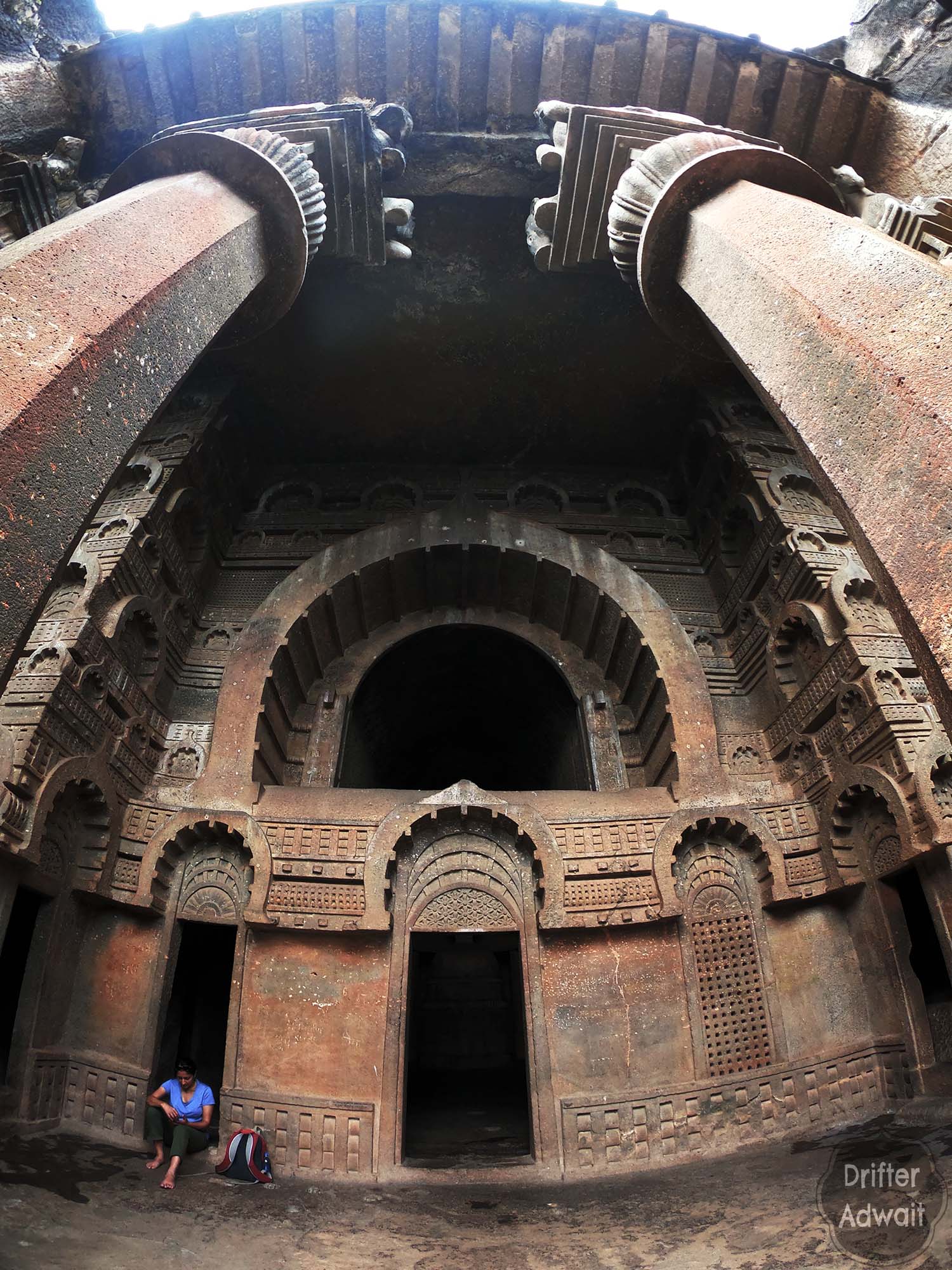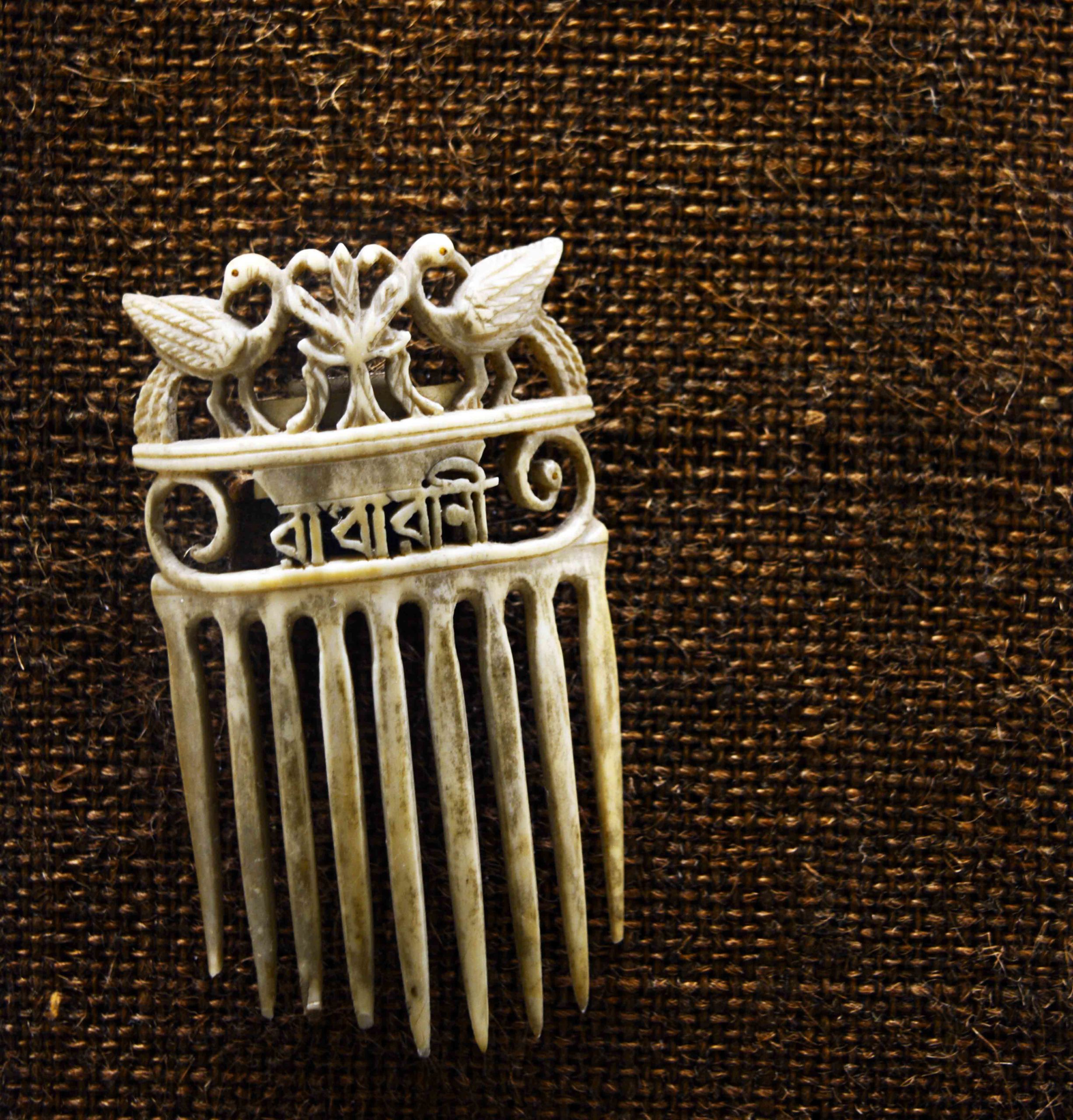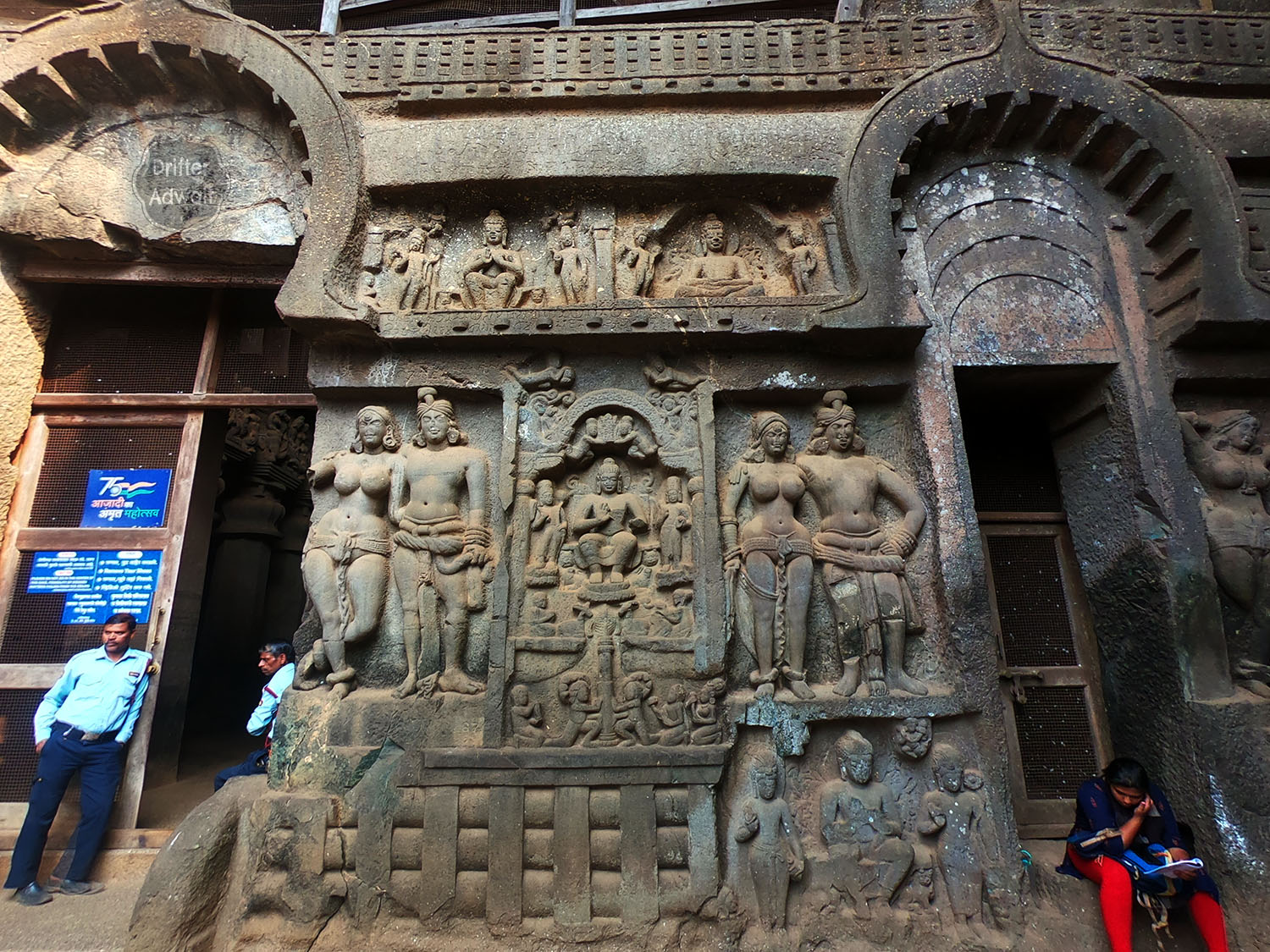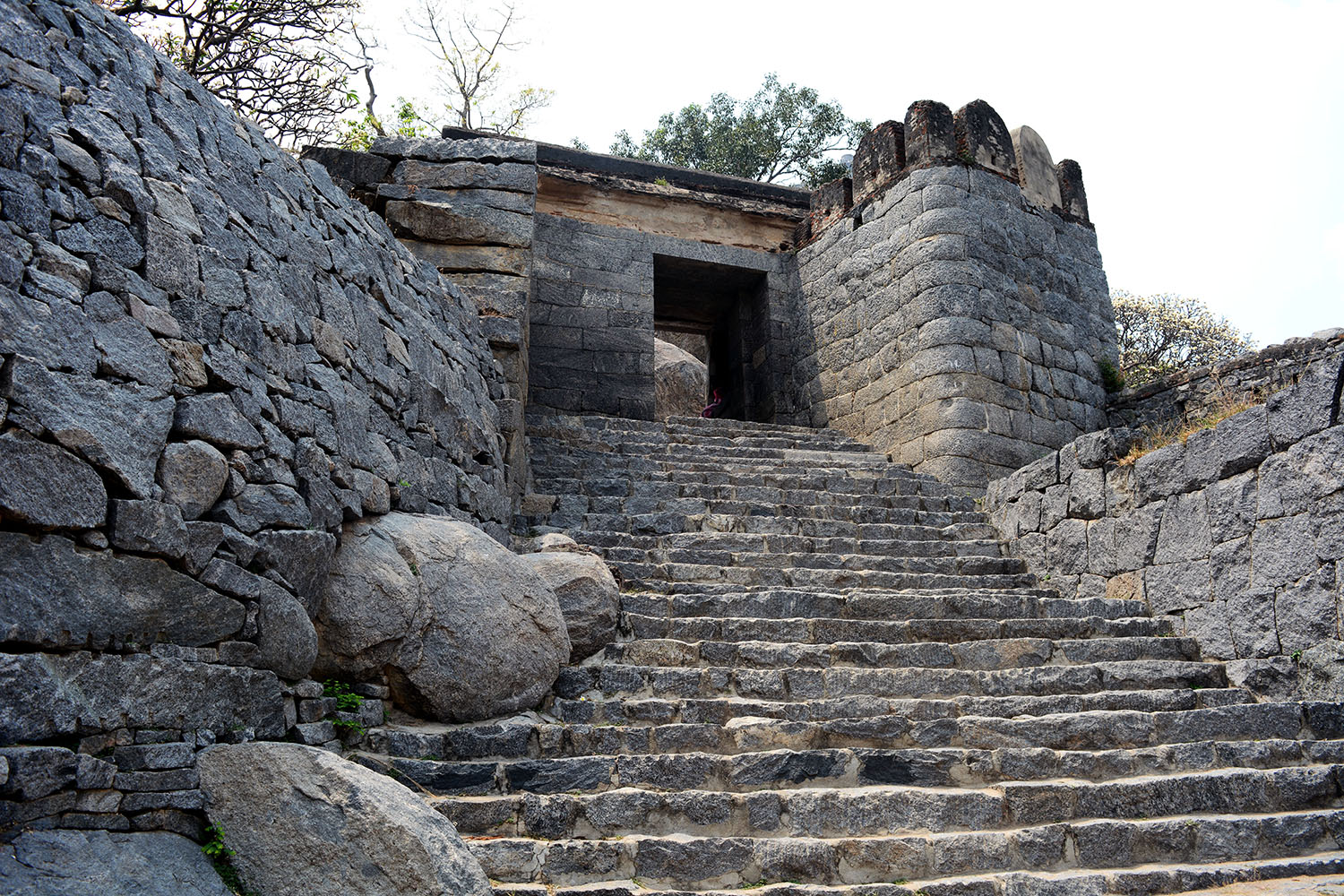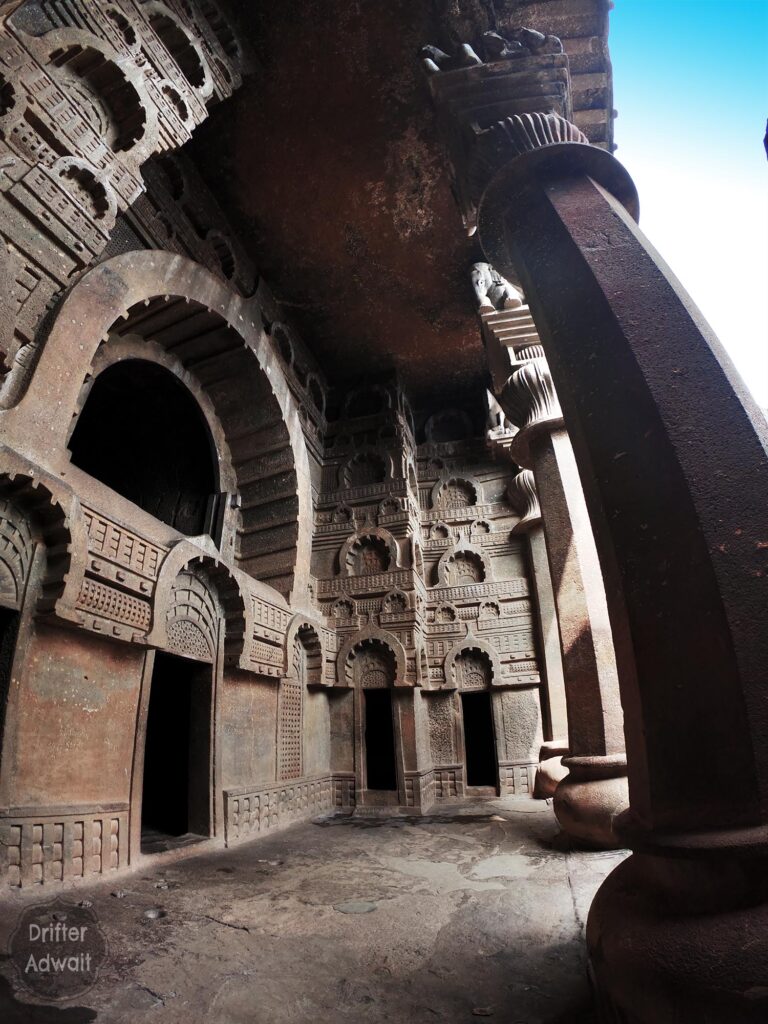
What makes the civilization ancient? Its remnants, age, traces, or memory that lies in the hearts of the contemporary generation? The world is not strange to the ancient civilizations. But what makes Indian civilization unique is that it’s one of the very few civilizations still surviving. Don’t get me wrong, it has its ups and downs. It had to face barbaric invasions. But what makes it different from any other extinct civilization is its deep-rooted philosophies and ability to mend itself as per time. Today, we visit Rock Cut Bedse caves, a brilliant trace of our proud past.
Bedse caves in a Nutshell
Noteworthy caves in Bedse caves: Chaitya Hall: Cave 7 and Vihara Cave: Cave 11
Historical Significance: Bedse Caves, also known as Bedsa Caves, are an ancient rock-cut cave complex near Pune, Maharashtra, India.
Buddhist Heritage: These caves were carved out of the rocky hillside from the 1st century BCE to the 3rd century CE, making them over 2,000 years old. They hold immense importance in Buddhist history and culture.
Architectural Marvel: Bedse Caves showcase exquisite rock-cut architecture. The skilled artisans carved intricate details into the rock surfaces, including pillars, stupas (hemispherical structures), and prayer halls.
Cave Layout: The complex consists of two main caves, known as Cave 7 and Cave 11. Cave 7 is a chaitya hall (prayer hall), while Cave 11 is a vihara (monastic dwelling).
Stunning View: Bedse Caves are situated on a hill, offering panoramic views of the surrounding countryside and lush green valleys. The scenic beauty adds to the overall charm of the site.
Trekking Destination: The caves are accessible via a scenic trek that takes you through picturesque landscapes and offers an adventurous experience for nature enthusiasts and hikers.
Heritage Importance: Bedse Caves are recognized as a protected monument by the Archaeological Survey of India (ASI) due to their historical and cultural significance.
Cultural Exploration: Exploring Bedse Caves provides a glimpse into the rich Buddhist heritage of India, allowing visitors to connect with the spirituality and history of the region.
Bedse Cave 7:
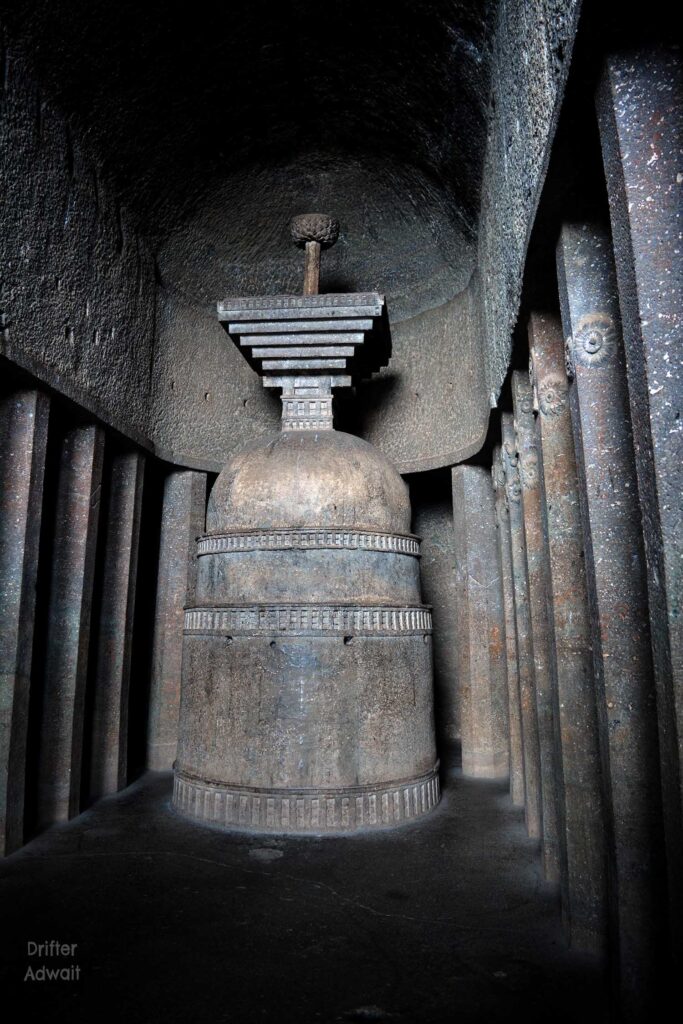
Cave 7 stands as the pinnacle of Bedse Caves, captivating visitors with its resplendent horseshoe-shaped entrance adorned with intricate carvings that bespeak remarkable craftsmanship. At the far end of the cave, a stupa proudly stands, symbolizing the divine presence of the Buddha.
Furthermore, Cave 7 exhibits distinctive architectural features that reflect the historical and antiquated nature of the caves. Noteworthy elements include the semi-circular roof adorned with wooden ribs, the stone screen or Javanika adorning the main entrance, the front fire verandah, and the presence of simple or octagonal pillars.
Of great significance within the cave are the two complete pillars and two half-pillars, known as pilasters, situated at the center. These pillars showcase splendid depictions of figures, including bulls, elephants, horses, and men and women seated upon them. Notably, the elephants in these carvings lack tusks and instead exhibit grooves, suggesting the presence of actual ivory, which might have been inserted within these recesses. Speculation among cave experts suggests that the horses portrayed in the carvings were originally depicted without bridles, with the possibility of the actual bridles pinned on the sculptures during the era.
Although the wooden parasol, which once adorned the Hermika atop the stupa, is regrettably absent today, its design is still discernible. Scholars and experts have surmised that this architectural feature might have been complemented by semi-circular wooden ribs. Additionally, while Buddhist sculptures grace certain pillars, it is believed that vibrant paintings adorned the cave’s interiors in the past, adding a profusion of color to the sacred space.
Brown nosing of brown Sahibs:
Within the realm of historical accounts, senior Indologist S.A. Joglekar has relayed a noteworthy incident. According to his recollection, it is confirmed that these paintings were indeed in existence by 1861. Despite showing signs of wear and fading, their essence remained intact. However, when esteemed English Sahibs planned a visit to the Bedse Caves, the overzealous local authorities, driven by a desire to impress their superiors, went to great lengths. They chose to scrape off these valuable paintings and replace them with a layer of whitewashed lime. Their intent was to elicit praise from the esteemed officials for their meticulous cleaning efforts.
Alas, when the learned officers arrived with expectations of witnessing the anticipated paintings, they were met with disappointment. The once-vibrant artworks had been irreversibly destroyed. This turn of events left the officials disheartened, forcing them to retreat to their homes, their hopes dashed by the lamentable outcome of this act of misguided brown-nosing.
…and due to this unfortunate turn of events, a precious heritage of ancient Bharat was forever lost in the annals of history. The vibrant paintings that once adorned the Bedse Caves could have stood on par with the renowned Ajanta caves, captivating visitors with their artistry and cultural significance. However, as a result of the ill-conceived actions driven by brown-nosing, this magnificent treasure was robbed of its splendor and relegated to the dark cave of the past.
The echoes of those faded paintings serve as a poignant testament to the importance of safeguarding our historical treasures for future generations, reminding us of the irreplaceable beauty and knowledge that have been forever silenced within the confines of time. Let this be a lesson that transcends generations, urging us to value and protect our rich cultural heritage, ensuring that such a tragic fate does not befall other marvels that stand as testaments to our glorious past.
Bedse Vihara: Cave 11
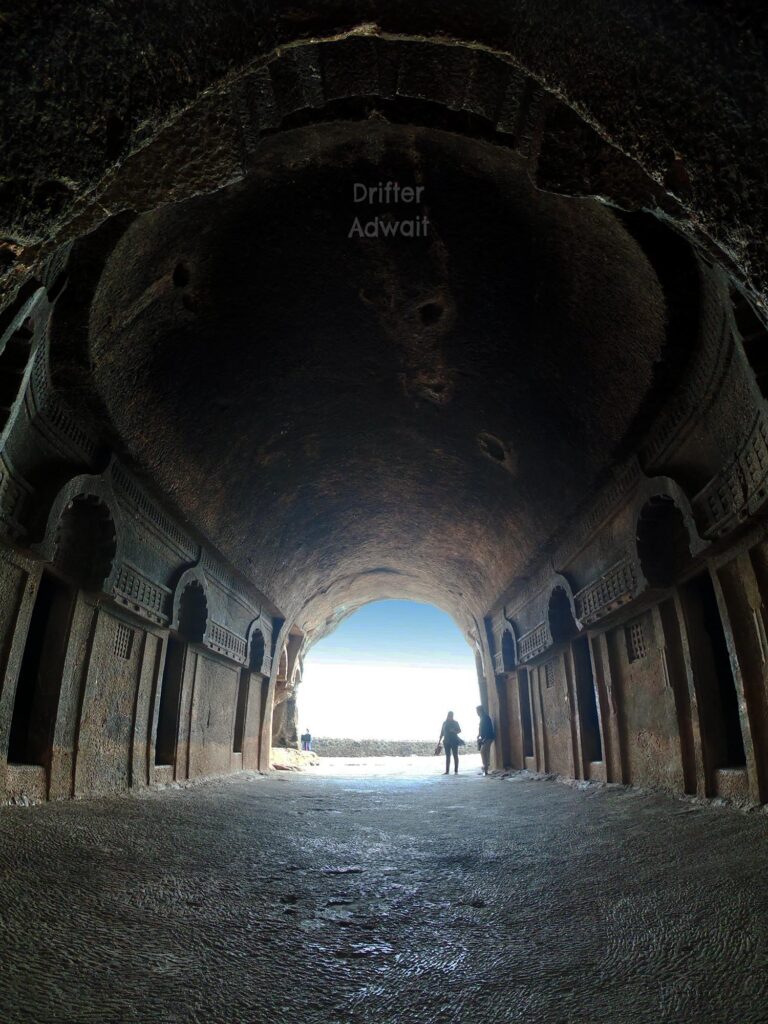
It served as a residential area for Buddhist monks. It has cells or rooms carved into the rock walls, providing an insight into the living conditions of the monks during ancient times.
Few noteworthy Inscriptions on Bedse Caves:

Inscription 1: Consisting of two lines on the rock behind a Dagoba
य गोभूतिनं आरणकान पेण्डपातिकानं मारकुडवासीनं युपी…
वासिना भतासाळमितेन कारित…
Translation: The Thapo of Gobhiti, native of Marakada, an Aranaka (and) Pedapitika. Caused to be made by Asalamita Bhata, an inhabitant of…….”
Inscription 2: In the rock over a water cistern near the Chaitya
महाभोनालिका [हा देवि-…
य महारठिनिय सामदिनिकाय [दे प्रथम व्यपदेवणकरा वितिधिकाय-…
Translation: The religious gift of Mahabboya’s daughter (bdlik) Samadinika, the Maha- dévi (or princess) Maharathini’ and second wife of Apadêvanaka.””
Inscription 3: Over the door of a cell in the right end of the verandah of the Chaitya:-
नासिकान अनदस सेठिस पुतस पुसणकस दान-
Translation: A gift of Pusanaka, son of Anada Sethi, inhabitant of Nasik.”
How to reach Bedse Caves:
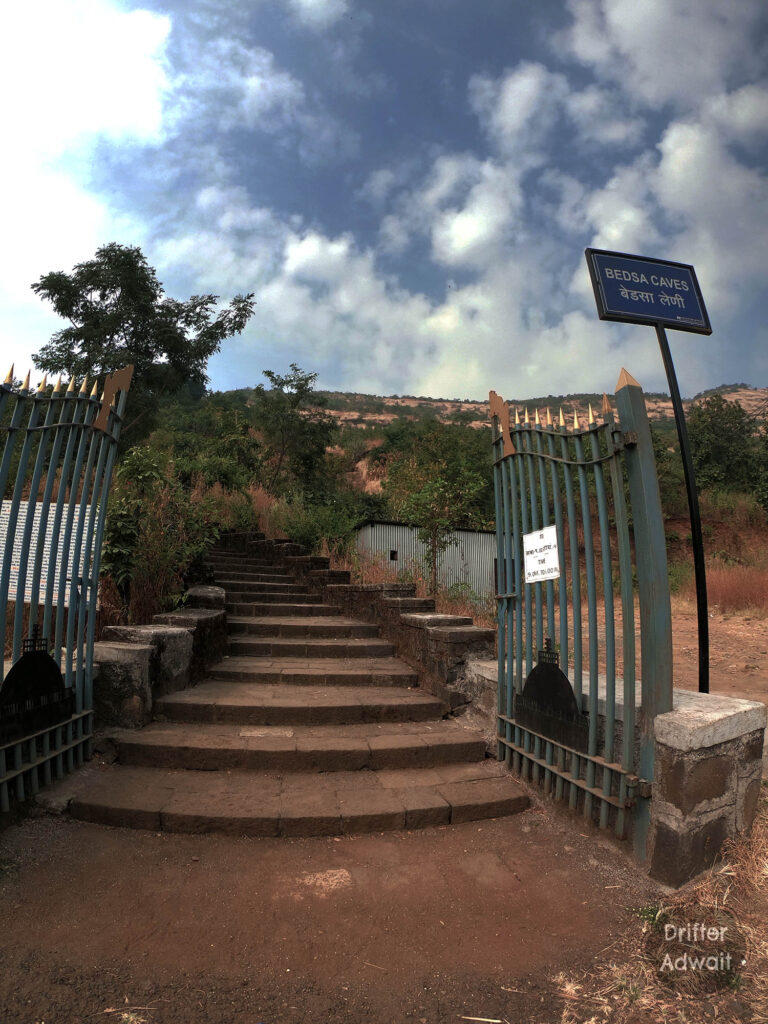
By Road: If you prefer to travel by road, you can drive to Bedse Caves or hire a taxi from nearby cities. The caves are situated approximately 55 kilometers from Pune and 100 kilometers from Mumbai. You can take the Mumbai-Pune Expressway and then the Old Mumbai-Pune Highway (NH4) to reach Kamshet. From Kamshet, follow the road towards Bedse Village and continue till you reach the base of the caves. Parking facilities may be available near the caves.
By Train: The nearest railway station to Bedse Caves is Lonavala Railway Station, which is located on the Mumbai-Pune route. Lonavala is well-connected to major cities in India by regular trains. From Lonavala, you can hire a taxi or take a local bus or auto-rickshaw to reach Bedse Caves. The distance between Lonavala Railway Station and Bedse Caves is around 20 kilometers, and the journey takes approximately 45 minutes.
By Air: The nearest airport to Bedse Caves is Pune International Airport, which is well-connected with major cities in India. From the airport, you can hire a taxi or take a pre-booked cab to reach Bedse Caves. The distance between the airport and Bedse Caves is approximately 65 kilometers, and the journey takes around 1.5 to 2 hours, depending on traffic conditions.

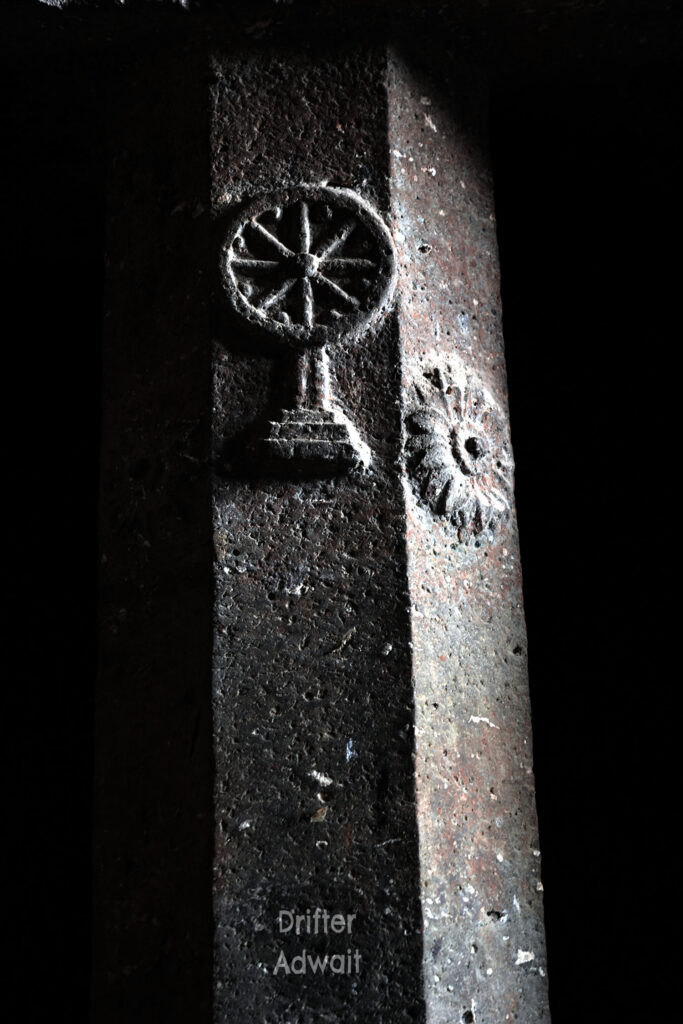

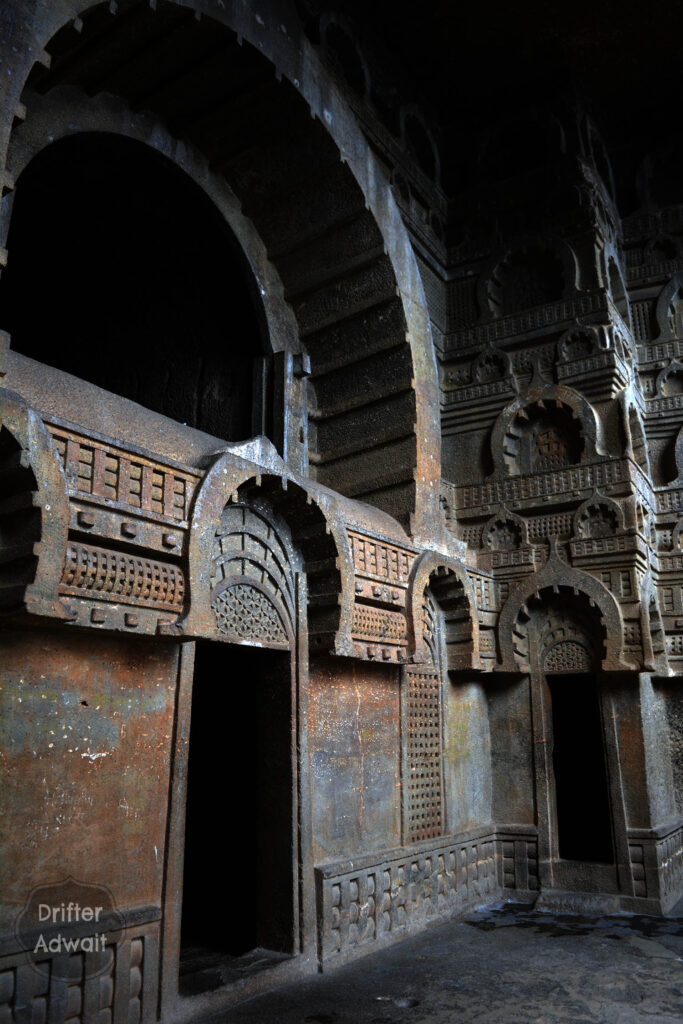
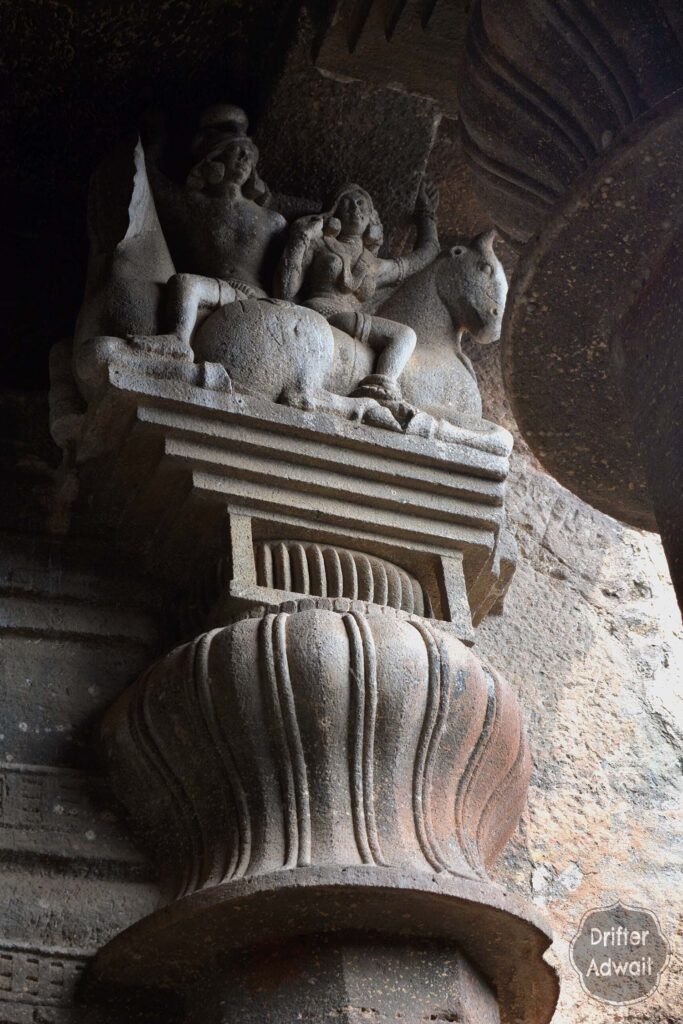
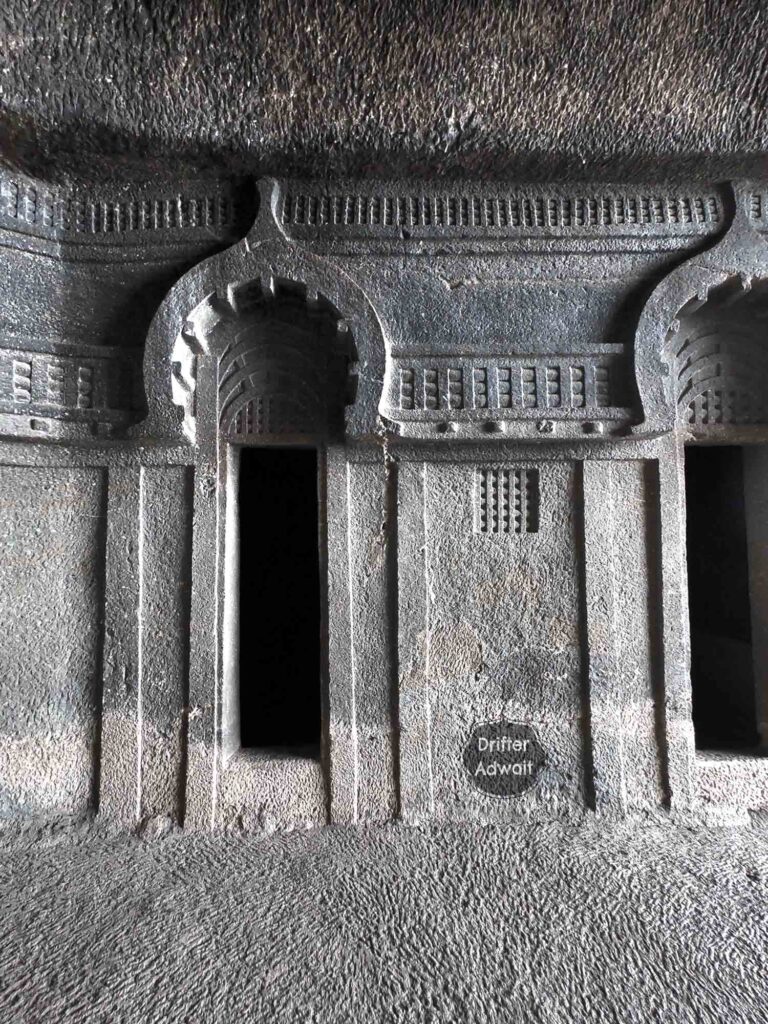
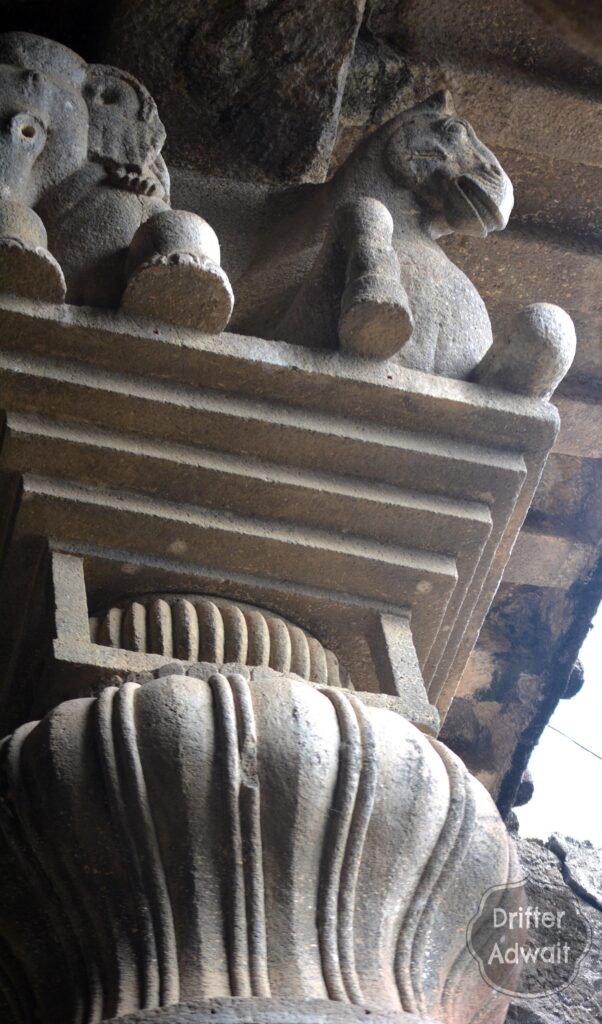
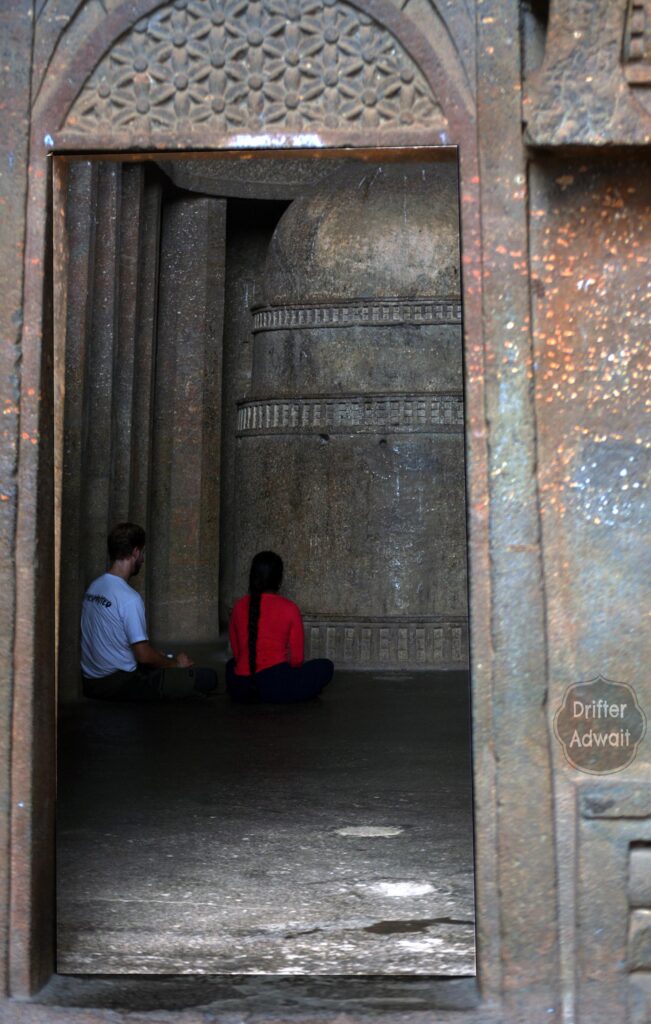

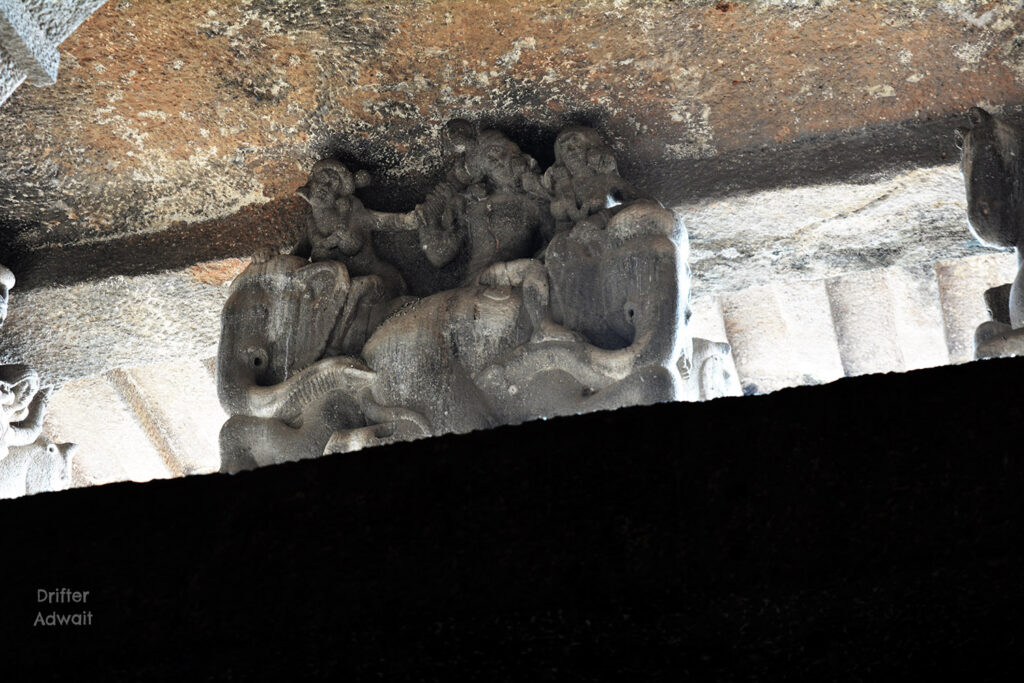
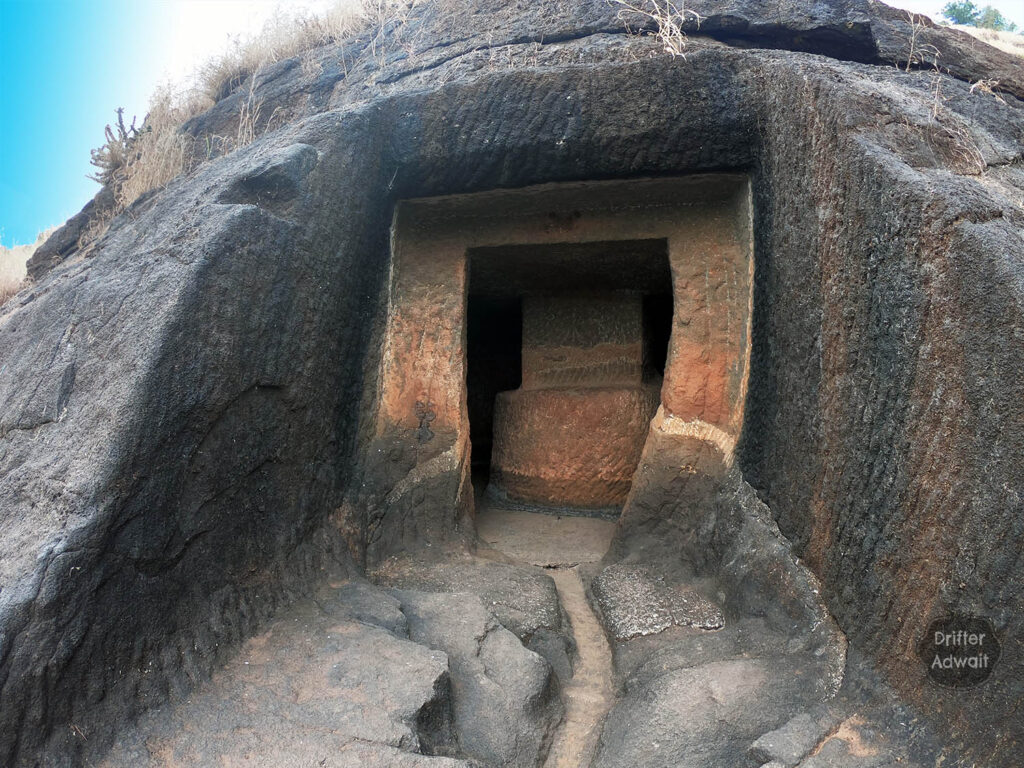
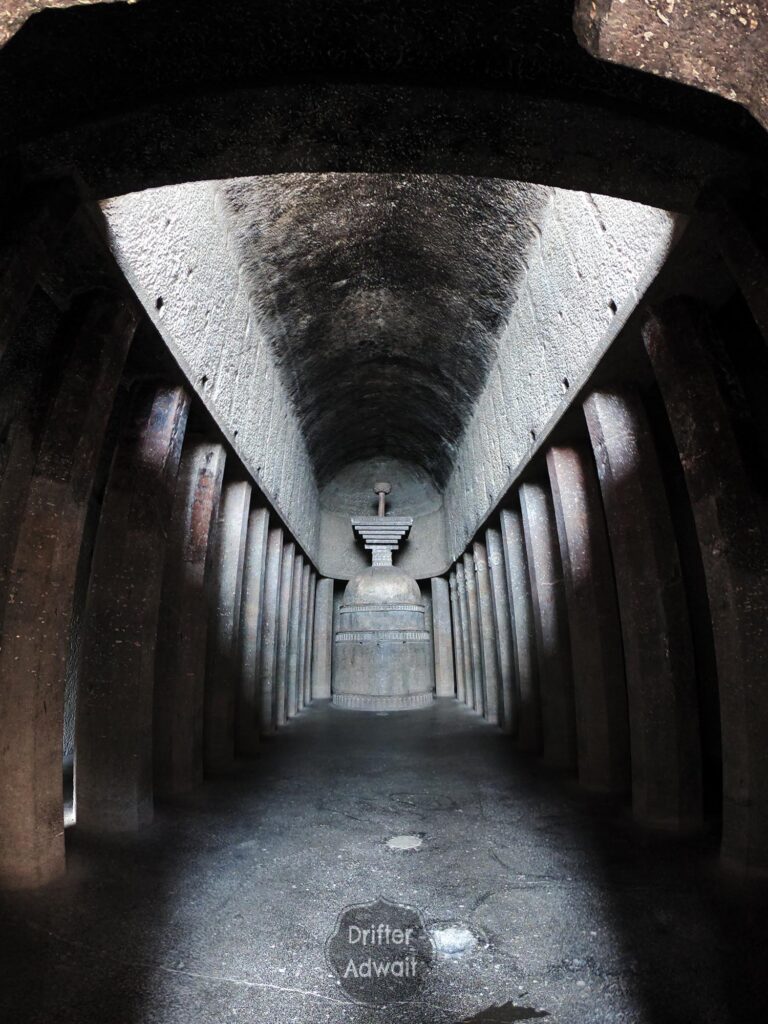
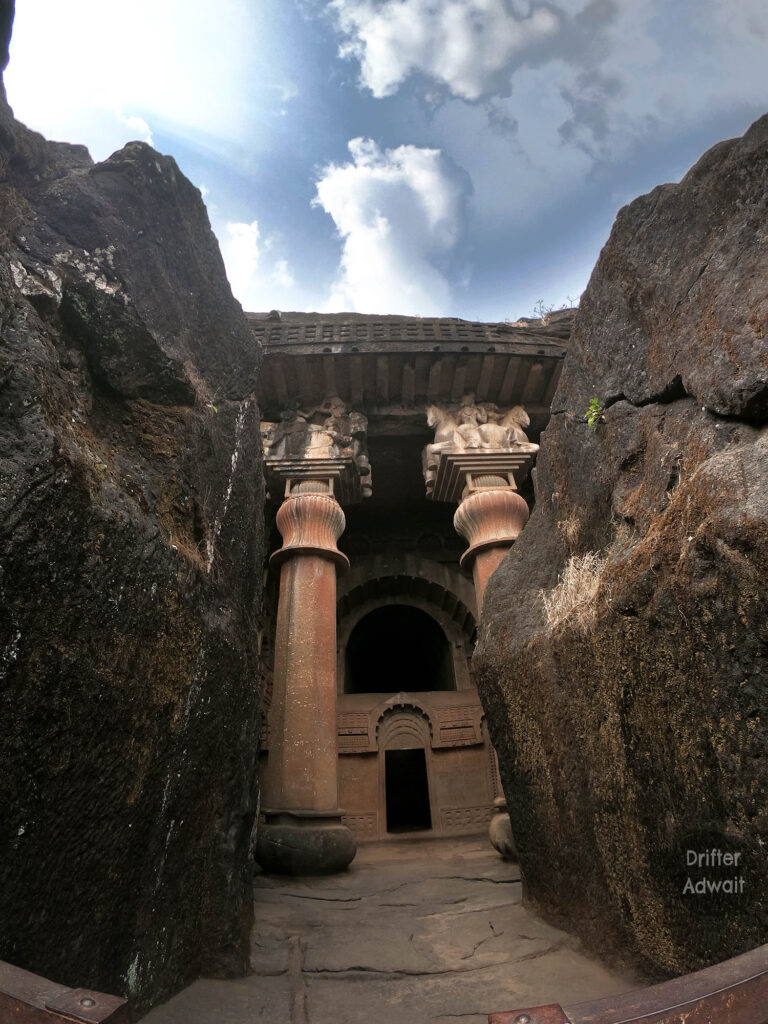
References:
1. Archaeological Survey of Western India. (No X). Inscriptions from the Cave-Temples of Western India: Descriptive Notes, &c. JAS BURGESS, LL.D., M.R.A.S., F.R.G.S., Mem. de la Soc Asiatic Archeological Subnetor and Reporter to Government, & Bhagwanlal Indraji Pandit.
2. Fergusson, J., & Burgess, J. (n.d.). The Cave Temples of India. D.C.L, F.R.S., V.P.R.A.S., F.R.G.S., M.R.A.S., Membre de la Societe Asiatique, etc. Archaeological Surveyor and Reporter to Government, Western India.
3. महाराष्ट्र व गोवे शिलालेख – ताम्रपटांची वर्णनात्मक संदर्भ सूची. (1984). व्यवस्थापक, शासकीय मुद्रणालय व लेखनसामग्री भांडार, कोल्हापूर – ४१६ ००३ यांच्याद्वारे मुद्रित आणि संचालक, शासकीय मुद्रण, लेखनसामग्री व प्रकाशने महाराष्ट्र राज्य, मुंबई – ४०० ००४ यांच्याद्वारे प्रकाशित.
4. लेणी महाराष्ट्राची, प्र के घाणेकर, स्नेहल प्रकाशन, शनिवार पेठ, पुणे ४११०३०, सुधारित आवृत्ती २१ ऑगस्ट २०१६
